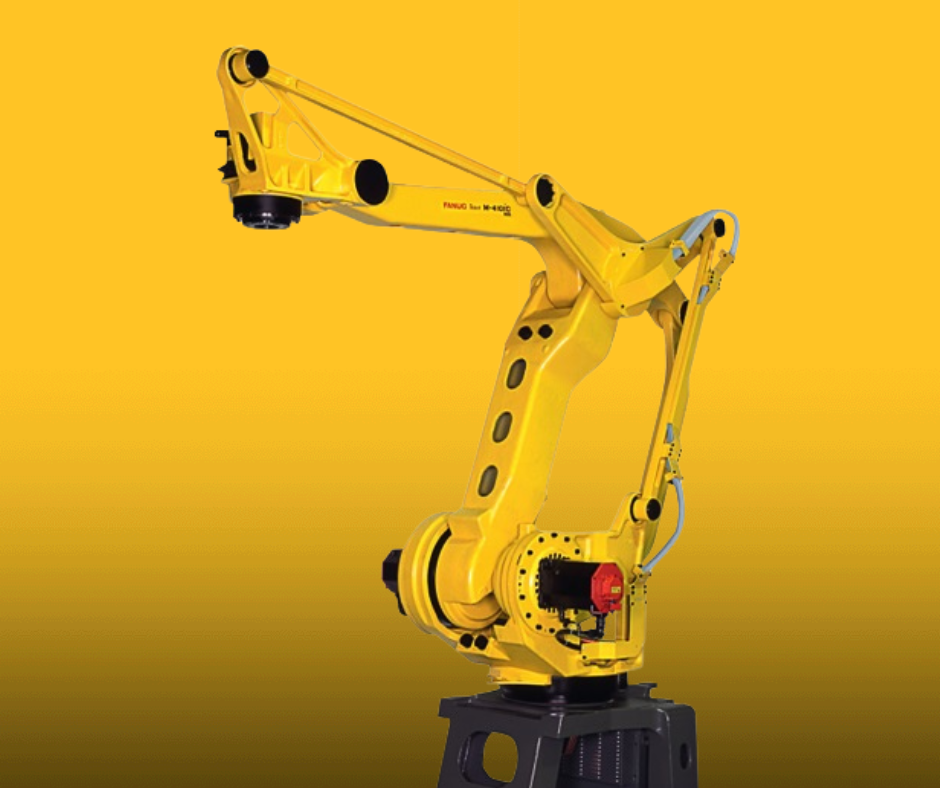The development of robotic arms has revolutionized the manufacturing process, mixing safety, precision efficiency, and other elements that were previously impossible. These marvels of the mechanical realm – sometimes called robot arms become essential to industries all over the world driven by a need to cut operating costs without sacrificing quality. In integrating robotic arms into production lines, manufacturers have not only reduced costs but also revolutionizing workplace safety and efficiency. We’ll explore how these innovative robots are changing the face of industry.
The main reason for the increase in global robotic arm usage is the efficiency of costs. Factory owners are under constant pressure to minimize accidents at work, reduce production mistakes, and minimize production waste. A robotic arm addresses these issues head-on. Robot arms are more accurate than human laborers when it comes to completing repetitive tasks, thus reducing waste and eliminating costly errors. Robotic arms are employed in many industries that require large quantities of material such as the automotive industry, to guarantee perfect assembly. This precision can translate into significant savings as less defective items mean less work or waste.

Image credit: automatedsolutions.com.au
Security is a key element in the revolution of robotic arms. Many manufacturing tasks like working with hazardous materials or employing heavy machinery can be dangerous to human workers. By using robot arms, companies can eliminate workers from potential danger zones. This lowers the risk of workplace injury. A robotic arm, constructed as a kinematic chain of flexible joints, mimics function of a human arm, but is not at the risk of physical harm. Equipped with programmable end effectors basically robotic hands, these machines can handle tasks like grasping, spinning or welding under conditions that are unsafe for humans.
Robotic arms can be a game changer in various industries due to their ability. Robots can be used for various tasks. From assembly of automobiles, to electronic production. They can carry out complex tasks with unmatched precision, including painting and tending to machines. Robotic arms in warehousing have revolutionized palletizing by automating loading of pallets with goods. This automation not only boosts efficiency, but also guarantees high reliability as robots are able to work for hours without fatigue.
Cobots are an entirely new breed of robots that operate in conjunction with humans. Unlike traditional industrial robots confined to isolated cells, cobots equipped with robotic arms are created to ensure safe and seamless interactions with humans. In a factory setting, a cobot’s robotic arm can be used to perform difficult lifting or repetitive tasks, freeing human workers to focus on more complex responsibilities. This type of collaboration boosts productivity while maintaining a safe working environment, as cobots are programed to stop or modify their actions if a person is in the vicinity.
The significance of robotic arms goes beyond efficiency and safety to the very structure of modern manufacturing. The ability robotic arms to carry out tasks with great accuracy including welding, material handling or assembly, has made them indispensable in areas where safety is a priority. Robotic arms, for instance, can be utilized to rotate and position components during assembly in the automotive industry to ensure that they are aligned perfectly with no human intervention. Similarly, in electronics, robot arms handle delicate components with care, reducing damage and improving output quality.
As the world’s industries continue to develop robots’ roles will continue to grow. Since they can lower cost, enhance safety and adjust to various tasks they will become the cornerstones of the future manufacturing. Robot arms, which blend cutting-edge technology and human creativity, are not only tools they are also partners in the process. They inspire technological innovation and alter the way the world is constructed.